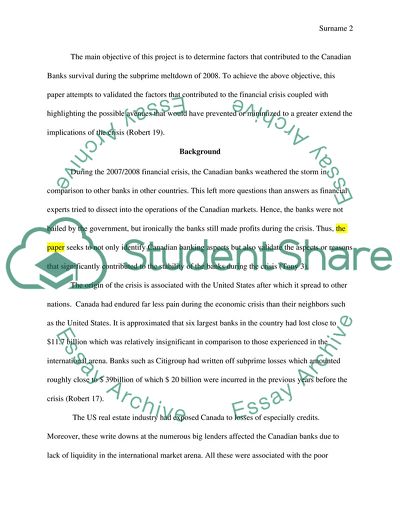Cite this document
(How Canadian Banks Survive the Subprime Meltdown Essay, n.d.)
How Canadian Banks Survive the Subprime Meltdown Essay. https://studentshare.org/macro-microeconomics/1864742-how-canadian-banks-survive-the-subprime-meltdown
How Canadian Banks Survive the Subprime Meltdown Essay. https://studentshare.org/macro-microeconomics/1864742-how-canadian-banks-survive-the-subprime-meltdown
(How Canadian Banks Survive the Subprime Meltdown Essay)
How Canadian Banks Survive the Subprime Meltdown Essay. https://studentshare.org/macro-microeconomics/1864742-how-canadian-banks-survive-the-subprime-meltdown.
How Canadian Banks Survive the Subprime Meltdown Essay. https://studentshare.org/macro-microeconomics/1864742-how-canadian-banks-survive-the-subprime-meltdown.
“How Canadian Banks Survive the Subprime Meltdown Essay”. https://studentshare.org/macro-microeconomics/1864742-how-canadian-banks-survive-the-subprime-meltdown.


